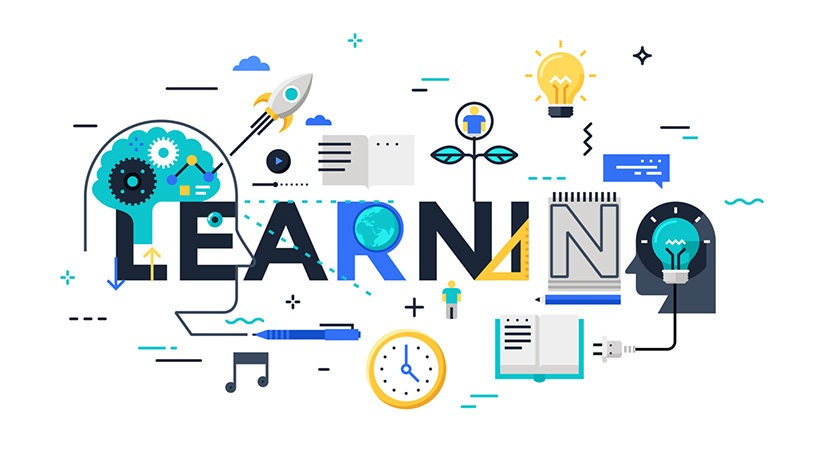Instructor-centered versus Student-centered learning
There are thirty or forty students sitting in the classroom and instructor standing on the stage. The instructor uses his knowledge to teach students. This is the most traditional education model we think. This kind of education is defined as instructor-centered learning. As Crosslin said in this way of learning, the instructor is the center of education. Students rely on instructors to teach their knowledge. In my fifteen years of Chinese education, our instructors usually educated students in an instructor-centered way. We follow the teacher’s teaching steps to learn. The teacher will supervise you to complete the assignments you need to complete and will conduct test analyses with you after the exam. Instructors will also use the exam analysis to help and guide students to learn better in the next stage. When I came to Canada and started my university study, I found it different from china. In university learning, it is relatively independent, and it is more dependent on students’ consciousness to complete assignments assigned by instructors. The instructors will not force you to complete the homework, everything must be arranged by the students themselves. Compared to Chinese education, Canadian university education more tends to be student-centered. Under this type of education, students are giving more opportunities to learn by themselves. They are allowed to explore more knowledge independently. Students are taking the dominant position and teachers will guide them when they need help. This will improve the students’abilities of autonomous thinking.

Asynchronous versus Synchronous learning
When it comes to synchronous learning and asynchronous learning,we can discuss from aspects of traditional education and online education. According to the article“Basic Philosophies of Distributed and Open Learning”, Crosslin said Synchronous education means that students and instructors will meet in the same place at the same time. We found the majority of the course of the university are synchronous. Students will gain knowledge from the instructor in the classroom. Students can talk to the teacher face to face. When a student has a question, it can ask the teacher and get the response immediately. I think this is a more convenient and efficient way to learn. Online education is offered for those who have work, have no time and have trouble to school to study. Online education provides more flexible time and places for learners. They can learn anywhere and anytime they like. Just like the EDCI 339, it is an asynchronous course. It is my first time to take an online course. So, I am adapting how to take an asynchronous course. We will not meet our instructor in the same space and at the same time when learning. We learn new things from the learning materials published on the internet from instructors and finish work posted on the websites.
 Thoughts on Connectivism
Thoughts on Connectivism
With the rapid development of technology, the Internet has gradually entered our lives. We use the Internet to spread information and communicate. Through a web search, we can learn and explore more. Connectivism theory means learners are giving opportunities to share their personal knowledge through the Internet. The strong Internet connection can broaden the horizons of scholars. Teachers will teach students some information about course materials and encourage them to explore more ideas. Students can use the internet to find more information and share this information with other students. Connections can be created by sharing different information through students, teachers, and the internet. However, the Internet is public, and everyone has the right to share their views on the Internet. At this time, students’ self-discrimination ability is required to distinguish the right from wrong information.
Reference:
Crosslin, M. (2018). Basic Philosophies of Distributed and Open Learning. https://uta.pressbooks.pub/onlinelearning/chapter/chapter2-basic-philosophies/
Connectivism: A Learning Theory for the Digital Age. Siemens, G. (2005). International Journal of Instructional Technology and Distance Learning, 2(1). Retrieved from https://edtechuvic.ca/edci339/wpcontent/uploads/sites/5/2020/01/Connectivism-A-Learning-Theoryfor-the-Digital-Age.pdf





